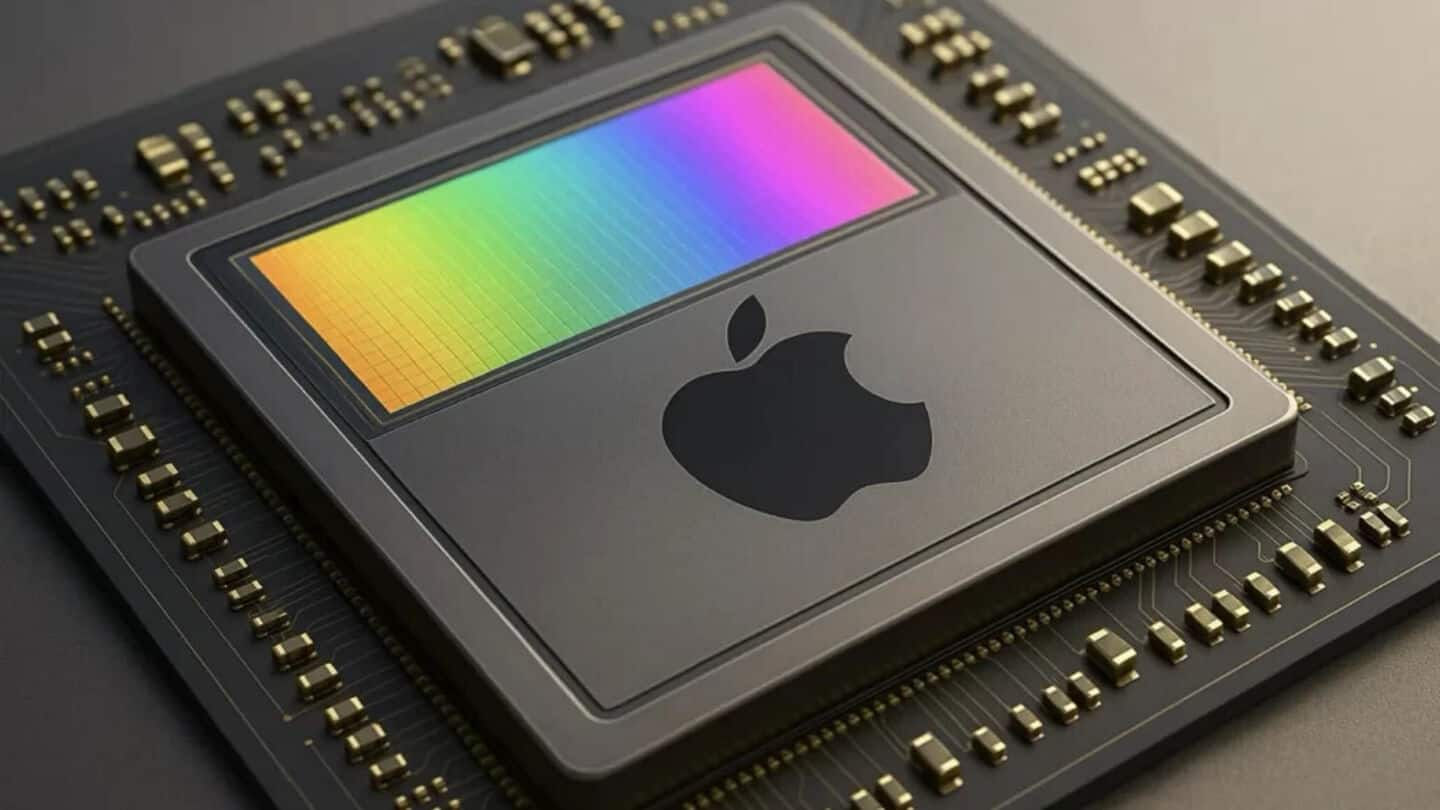
Apple's new image sensor patent hints at cinema-grade iPhone cameras
What's the story
Apple has received a patent for an advanced image sensor that could revolutionize the camera capabilities of future iPhones. The technology, described in the patent titled "Image Sensor With Stacked Pixels Having High Dynamic Range And Low Noise," is capable of capturing up to 20 stops of dynamic range. This is nearly as much light as human eyes can perceive, making it comparable to professional cinema cameras.
Technical term
What's dynamic range and why is it important?
The term "stops" is used to denote the light-gathering capabilities of an image sensor, lens, or camera. The more light a sensor can capture, the better it can display colors and clarity in an image. Currently, most cameras offer a dynamic range of 13-14 stops, depending on the scene's lighting conditions. Mobile phone cameras have even lower ranges than this.
Innovative design
Patent details a 'stacked' sensor architecture
The patent details a "stacked" sensor architecture, which consists of two layers: one for capturing light (the sensor die) and another for handling electronics (the logic die). This design allows Apple to pack more advanced tech into a slimmer camera module. It would be perfect for thin devices like iPhones and AR/VR headsets.
Advanced feature
How the sensor handles dynamic range
Apple's design also employs a LOFIC (Lateral Overflow Integration Capacitor), which lets each pixel store and manage light across three different levels. This means that in a photo taken in a dimly lit room with bright windows, the sensor could handle both extremes at once, storing extra light without losing detail. This feature greatly contributes to the sensor's wide dynamic range.
Enhanced clarity
Real-time noise cancellation for clearer images
The patent also highlights the noise-cancellation capabilities of Apple's new sensor. Each pixel comes with a built-in noise-sensing circuit that detects and cancels unwanted noise in real time. This means the sensor can capture clearer, cleaner images even in challenging lighting conditions. If integrated into future iPhones or Vision Pro, this tech could enable users to shoot cinematic HDR videos with lifelike colors and fine details straight from their phones.